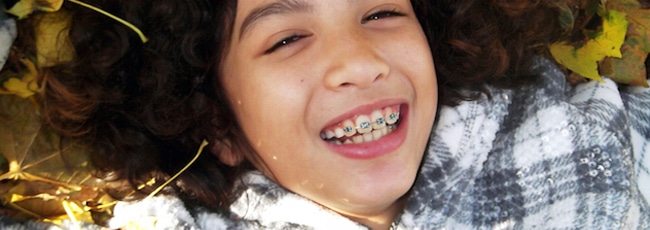Different Types of Orthodontic Treatments

In celebration of Orthodontic Health Awareness Month, find out how orthodontists work their magic to correct issues with misaligned jaws, teeth with gaps, or overcrowding.
Orthodontists typically use temporary appliances that apply pressure and gradually move teeth, the jaw, or retrain muscles in the mouth.
1.) Fixed appliances: These are devices that are attached to the teeth and can only be removed by the orthodontist.
The most common fixed appliance is braces. Braces gradually move teeth into their proper position with brackets that are affixed to the front of the teeth and wires that pass through the brackets. Other fixed appliances can hold a space between teeth if one is lost prematurely, stop babies from thumb-sucking, or stop tongue thrusting.
2.) Removable appliances: These can be easily taken out of the mouth and replaced.
Two common removable appliances are aligners (an alternative to braces, such as Invisalign) and retainers (which keep teeth in place after braces are removed). Other removable appliances include headgear (connecting braces to the back of the head to provide more pressure), removable space maintainers, jaw repositioning appliances (which train the jaw to close in the correct position), and palatal expanders that widen the upper jaw.
Orthodontics can work wonders to make a smile straighter, plus it can fix bite and teeth spacing issues that can help avoid pain and problems later on. If you or your child would benefit from orthodontics, ask your dentist about it at your next visit.
Sources:
- http://www.colgate.com/en/us/oc/oral-health/life-stages/teen-oral-care/article/what-is-orthodontics
- http://www.invisalign.com/how-invisalign-works/treatable-cases
- http://kidshealth.org/parent/general/teeth/braces.html#

